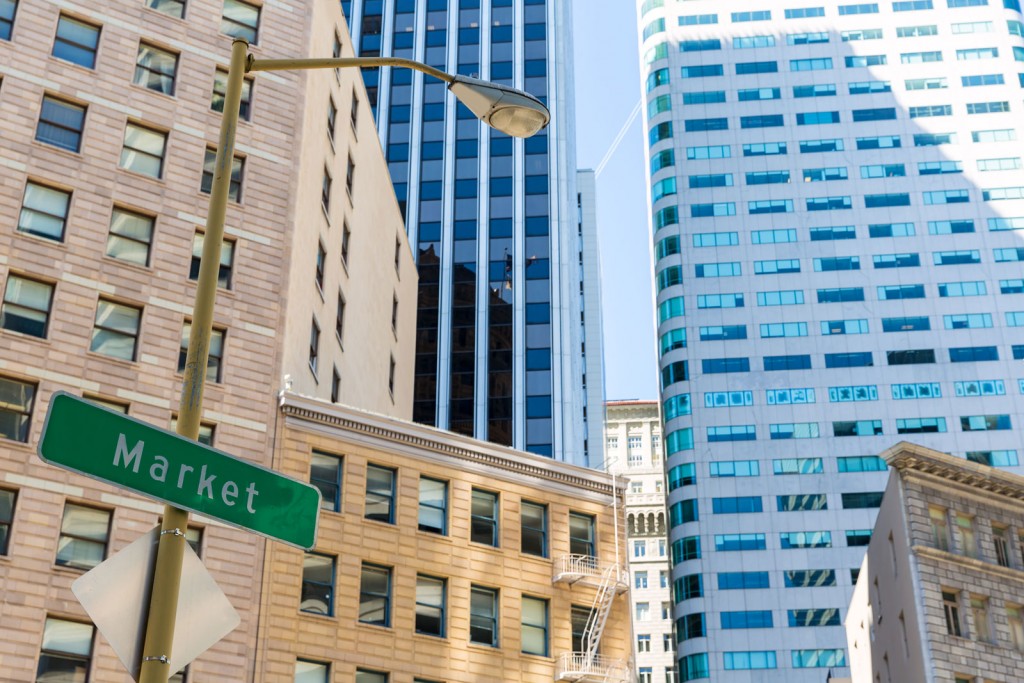2017 is proving to be a banner year for large tech real estate transactions. From Facebook to Okta, “Bay Area tech companies are determined to grow in the city–whatever the cost.” And according to the San Francisco Chronicle, that cost is sky-rocketing. The Chronicle states that tech rents have increased “140 percent since 2010…and could go up another 10%.”

San Francisco continues to be the epicenter for tech and draws talent from all over the country–and that influx of workers to San Francisco is “not expected to slow.” Employment rates have always been associated with the health of the commercial real estate market. With workers tech workers streaming into the Bay, long established tech giants expanding and new start-ups popping up every year, office and flex space will continue to remain in high demand.





